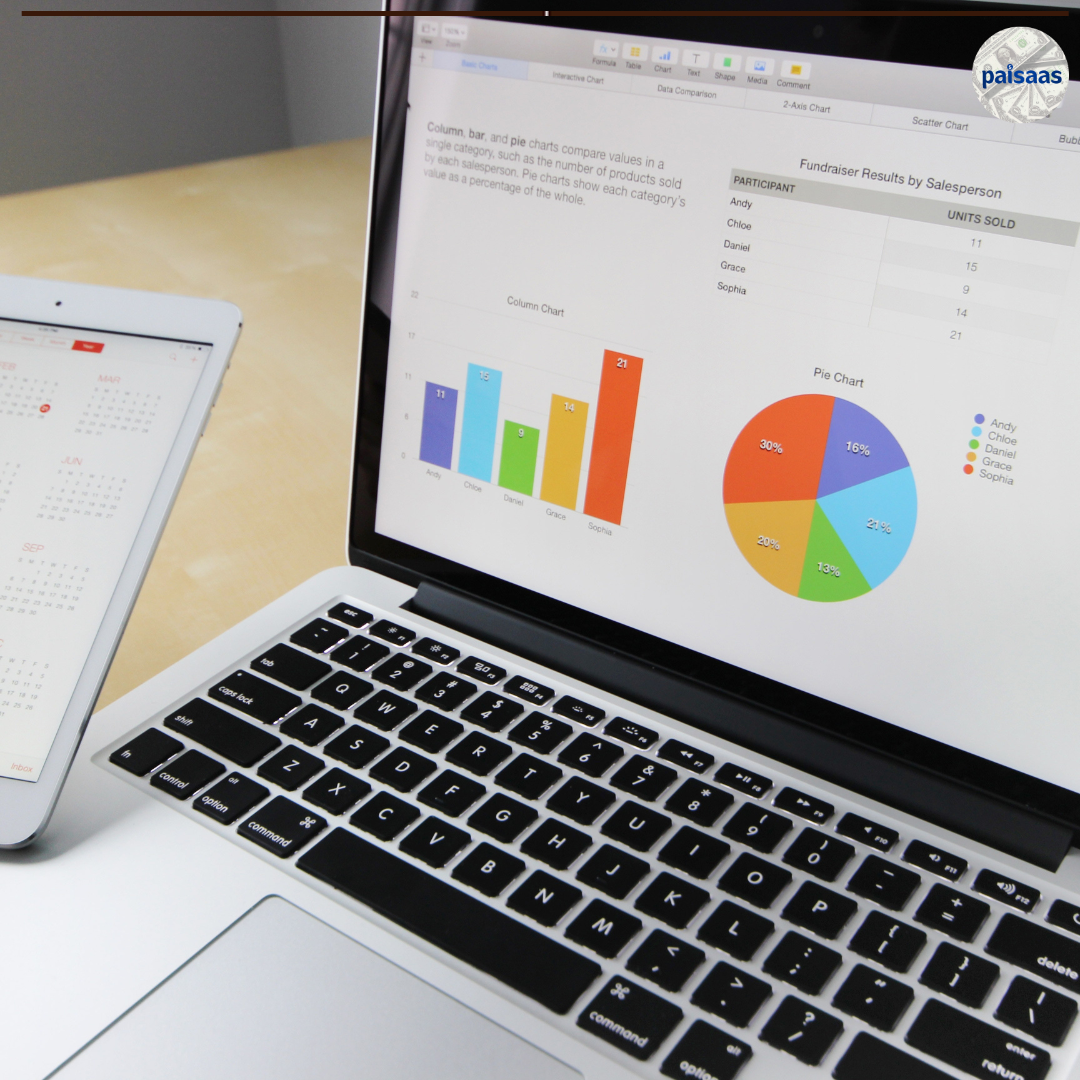

Backtesting Trading Strategies: Unveiling the Power of Historical Market Data
Backtesting Trading Strategies: Unveiling the Power of Historical Market Data
Introduction: Backtesting trading strategies is a critical process in assessing the viability and potential performance of a trading approach. It involves testing a strategy against historical market data to simulate how it would have fared in real-world trading scenarios. This article explores the process of backtesting trading strategies, shedding light on its significance and providing insights into the methodology employed.
Understanding Backtesting
Backtesting refers to the simulation of a trading strategy using historical market data to evaluate its performance. It helps traders and investors gain insights into the profitability, risk, and effectiveness of a particular strategy before applying it to live trading. Backtesting enables objective analysis, allowing traders to refine and optimize their strategies based on historical results.
Selecting Historical Market Data
The first step in backtesting involves selecting the appropriate historical market data to represent the desired trading period. The data may include price charts, volume, and other relevant indicators, depending on the strategy being tested. It is crucial to ensure the data is accurate, reliable, and covers a sufficiently long period to capture various market conditions.
Defining Strategy Rules and Parameters
A trading strategy comprises a set of rules and parameters that dictate when to enter and exit trades. These rules may include specific technical indicators, trend-following or mean-reversion approaches, and risk management guidelines. Traders need to precisely define these rules and parameters to create a clear framework for backtesting.
Implementing the Strategy
Once the strategy rules and parameters are defined, traders employ software or programming languages capable of executing trades based on these rules. This allows for systematic and automated backtesting, ensuring consistency and eliminating human bias. Popular platforms like Python, MATLAB, and dedicated trading software offer tools and libraries to facilitate this process.
Executing the Backtest:
During the backtesting process, the selected historical market data is fed into the trading strategy implementation. The strategy is then run against the data, simulating trades according to the predefined rules and parameters. Each trade’s entry and exit points, along with relevant metrics like position size and stop-loss levels, are recorded.
Analyzing Performance Metrics
After the backtest is complete, traders evaluate the strategy’s performance using various metrics. These metrics may include profitability measures like total return, risk-adjusted return, and drawdown. Additionally, traders analyze indicators such as win rate, average trade duration, and risk-to-reward ratios to gain insights into the strategy’s characteristics and potential limitations.
Refining and Optimizing the Strategy
Based on the analysis of performance metrics, traders refine and optimize their trading strategies. This iterative process involves making adjustments to the strategy rules, parameters, or risk management techniques to improve its profitability or risk profile. Multiple rounds of backtesting, coupled with thorough analysis, help traders fine-tune their strategies before deploying them in live trading environments.
Accounting for Limitations and Risks
It is essential to recognize the limitations and risks associated with backtesting. Historical market data may not accurately reflect future market conditions, and the performance of a strategy during the backtest does not guarantee success in live trading. Over-optimization is another common pitfall where strategies are overly fitted to historical data, potentially leading to poor performance in real-world scenarios. Traders should exercise caution and combine backtesting with other forms of analysis and validation.
Conclusion
Backtesting trading strategies against historical market data provides traders with valuable insights into their potential performance and risk characteristics. By simulating trades and analyzing performance metrics, traders can refine and optimize their strategies before deploying them in live trading environments. However, it is crucial to remain aware of the limitations and risks associated with backtesting and to complement it with comprehensive analysis and ongoing evaluation. Backtesting, when used effectively, empowers traders to make more informed decisions and enhances their overall trading success.




